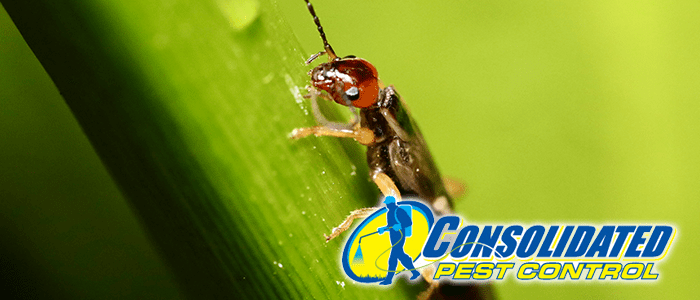
Everything You Need to Know About Earwigs
With hurricane season progressing smoothly, things are sure a little damp, aren’t they? Florida is always humid, but this season always brings with it a special sticky feeling that some pests just love. One creature you may run into in shockingly large numbers is earwigs.
Not many people can stomach this alarming-looking bug. It’s long and fidgety, it crawls around apparently blindly, and has grotesque-looking pincers on its back end. There are all sorts of stories about them, most notoriously that they lay eggs in your ears. What’s the truth of this creepy crawlie? In this article, we’ll lay out some basic earwig facts and help you eliminate them.
Do Earwigs Lay Eggs in Your Ears?
Absolutely not. We can’t even preamble here. This urban legend is so silly. No arthropod species is known to crawl into a person’s ear and lay eggs. Sometimes insects wind up in the ear canal, but they don’t try to get there on purpose. Earwigs certainly don’t. A person is the last thing they want to encounter, and they go to great lengths to avoid you. To reiterate: They aren’t going to crawl in your ear, and if they wound up there, they wouldn’t lay eggs.
What Are Earwigs?
They’re a pest insect considered a nuisance species. They don’t cause any damage and can even be beneficial in the garden. However, their menacing presence is reason enough to steer clear for most homeowners. But what are they?
In the broadest sense, earwigs are insects. They have six legs, three body segments, two antennae, and two wings. They also have a pair of cerci – The giant pincers in the abdomen. Also, yes – We said two wings. Earwigs can fly, but they aren’t very good at it and typically travel short distances. It’s where they get their scientific names. They are part of a small order called Dermaptera, that has about two thousand species. Dermaptera is Latin for skin wings, referring to their thick, fleshy wing covers.
They eat all sorts of things. In rare cases, you might find them eating decorative flower buds, but they primarily feed on decaying plants and other insects. Their cerci are used in mating and fighting, and if they do happen to pinch you, it won’t hurt you.
Are They Related to Cockroaches?
No, only about as much as you’re related to dogs because you and Fido are both mammals. Though earwigs and cockroaches are both insects, earwigs are a part of a different group. They’re most closely related to stick insects, crickets, and grasshoppers.
How to Get Rid of Them
Getting rid of them outside can be a tricky job. You can dry out your environment, reduce plant litter, and ensure there’s nothing flat they can hide under. Earwigs can get in between cooler lids and flat surfaces, where they congregate in huge groups. Removing their shelter is one of the only ways to control them.
If you run into them indoors, chances are you’ve got other problems to address. Indoor humidity is the only way they can survive comfortably. On our website, you can learn more about insects that thrive in humid conditions. If you can’t stomach seeing another earwig, give us a call. We’ll help you get rid of them.








